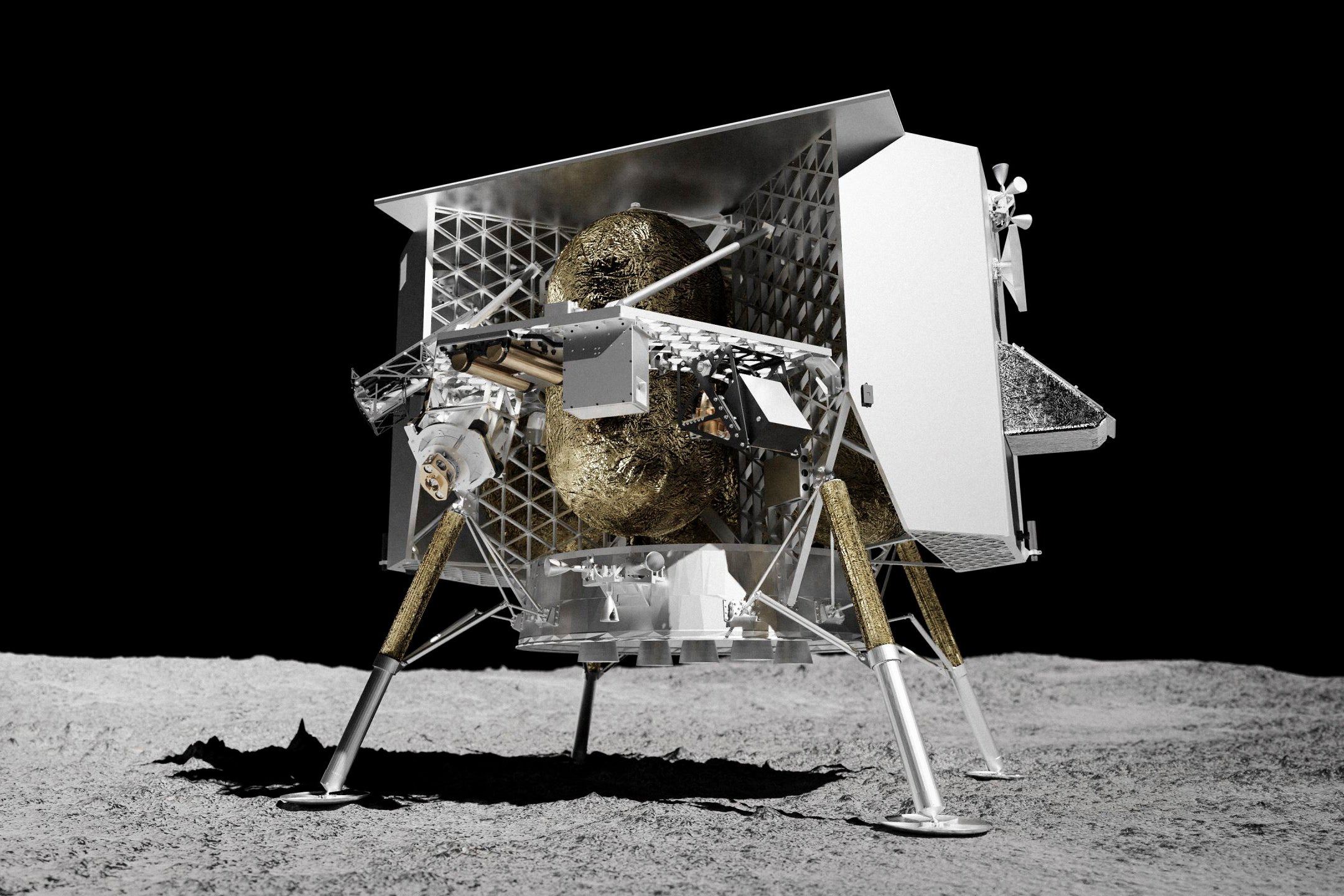Private US lander destroyed during reentry after failed mission to moon, company says
A U.S. company's failed moonshot has ended with a fiery plunge over the South Pacific

Your support helps us to tell the story
From reproductive rights to climate change to Big Tech, The Independent is on the ground when the story is developing. Whether it's investigating the financials of Elon Musk's pro-Trump PAC or producing our latest documentary, 'The A Word', which shines a light on the American women fighting for reproductive rights, we know how important it is to parse out the facts from the messaging.
At such a critical moment in US history, we need reporters on the ground. Your donation allows us to keep sending journalists to speak to both sides of the story.
The Independent is trusted by Americans across the entire political spectrum. And unlike many other quality news outlets, we choose not to lock Americans out of our reporting and analysis with paywalls. We believe quality journalism should be available to everyone, paid for by those who can afford it.
Your support makes all the difference.A U.S. company’s failed moonshot ended with a fiery plunge over the South Pacific, officials confirmed Friday.
Astrobotic Technology said contact and then tracking was lost as its lunar lander reentered Earth's atmosphere Thursday, 10 days after launching from Florida. It received confirmation Friday from U.S. Space Command that the spacecraft broke apart during its final moments, CEO John Thornton said.
A fuel leak shortly after liftoff had nixed any chance of a moon touchdown.
“What a wild adventure we were just on,” Thornton said. “Certainly not the outcome we were hoping for and certainly challenging right up front."
After consulting with NASA and other government experts, Astrobotic took steps to destroy its crippled lander in order to protect other spacecraft. Flight controllers at the company’s Pittsburgh headquarters briefly fired the engines, getting the lander in the right location for reentry despite little fuel.
Thornton said an investigation board will be convened to determine what went wrong. Engineers suspect a stuck valve in the propellant system caused a tank to rupture.
“We were coming from the highest high of the perfect launch and came down to a lowest low” when the tank burst a few hours after liftoff, he told reporters.
The 6-foot-tall (1.9-meter-tall) lander, named after the Peregrine falcon, made it all the way out to the moon’s orbit, more than 240,000 miles (390,000 kilometers) away, before doing a U-turn and hurtling back toward Earth.
It was the first U.S. lunar lander in more than a half-century. The next one is set to blast off next month, built and operated by Houston's Intuitive Machines. NASA paid millions of dollars to the two companies to fly its experiments to the moon, part of an effort to commercialize lunar deliveries ahead of astronauts' arrival.
Right before Friday’s U.S. news conference, a lunar lander from Japan touched down on the moon, but it was unable to generate crucial solar power. The U.S., Russia, China and India have successfully landed spacecraft on the moon and only the U.S. has landed astronauts.
Astrobotic's lander carried a variety of experiments — including five from NASA — as well as ashes and DNA from 70 space enthusiasts, including “Star Trek” creator Gene Roddenberry. Flight controllers were able to turn on some experiments and collect data,
The company is already is working on an even bigger lunar lander that will carry NASA's Viper rover to the moon in a year.
___
The Associated Press Health and Science Department receives support from the Howard Hughes Medical Institute’s Science and Educational Media Group. The AP is solely responsible for all content.